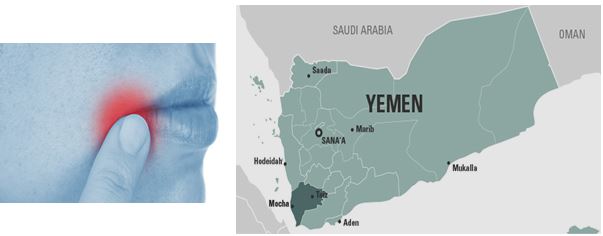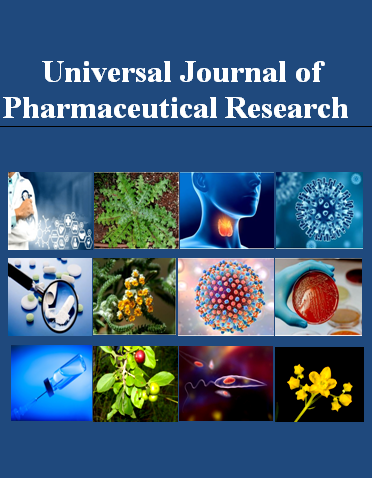ETIOLOGY AND RISK FACTORS OF STOMATITIS AMONG YEMENI DENTURE WEARERS
Keywords:
Bacterial DS, Candidal DS, Denture stomatitis (DS), DS risk factors, Sana'a city, YemenAbstract
Objectives: Denture stomatitis (DS) is a benign condition, usually asymptomatic, that can affect denture wearer’s patients. The aim of this study was to describe the etiology of DS among Yemeni denture wearers and the risk factors of DS. A cross sectional study was carried out at Prothodontics Departments at the Faculty of Dentistry- Sana'a University, Sana’a city –Yemen.
Methods: The study group consisted of 288 denture wearers' patients' contracting DS. The microbiological samples were collected by wiping sterile swabs on upper and lower denture fitting surfaces. Then, they were directly cultured for Candida in Chromomeric agar media and for bacteria in standard selective media, using standard bacteriological methods.
Results: The most common microbial cause of DS was C. albicans (58.3%), followed by S. mutans (17%), while S. aureus (4.9%), lactobacillus (3.1%) and C. glabrata (4.2%) were less common. There was an association between male patients, older age group and longer period of denture wearers with high risk of contracting candidal DS and bacterial DS. Most of those patients were suffering from DS Type I and few from Type II, but no case of DS Type III was found. Ending, DS is a condition that commonly affects denture wearers, and should be treated even if asymptomatic. The condition requires a combined treatment approach from both patient and clinician, and the role of the patient must be stressed.
Conclusion: Management of aetiological risk factors is key in order to prevent recurrence. Treatment modalities may include: treatment of any underlying systemic risk factors, improvement in the fit of existing dentures, replacement of existing dentures, improved denture hygiene and the use of antifungal agents. Whichever methods are employed, the main aim of treatment is to eradicate the biofilm from the patient’s dentures.
Peer Review History:
Received 8 December 2017; Revised 13 January 2018; Accepted 12 February; Available online 15 March 2018
Academic Editor: Dr. Asia Selman Abdullah , Pharmacy institute, University of Basrah, Iraq, asia_abdullah65@yahoo.com
, Pharmacy institute, University of Basrah, Iraq, asia_abdullah65@yahoo.com
Reviewer(s) detail:
Dr. Marwa A. A. Fayed , University of Sadat City, Egypt, maafayed@gmail.com
, University of Sadat City, Egypt, maafayed@gmail.com
Dr. Masoumeh Divar , Shiraz University, Shiraz, Iran, zhaledivar@gmail.com
, Shiraz University, Shiraz, Iran, zhaledivar@gmail.com
Downloads

Published
How to Cite
Issue
Section

This work is licensed under a Creative Commons Attribution-NonCommercial 4.0 International License.










 .
.